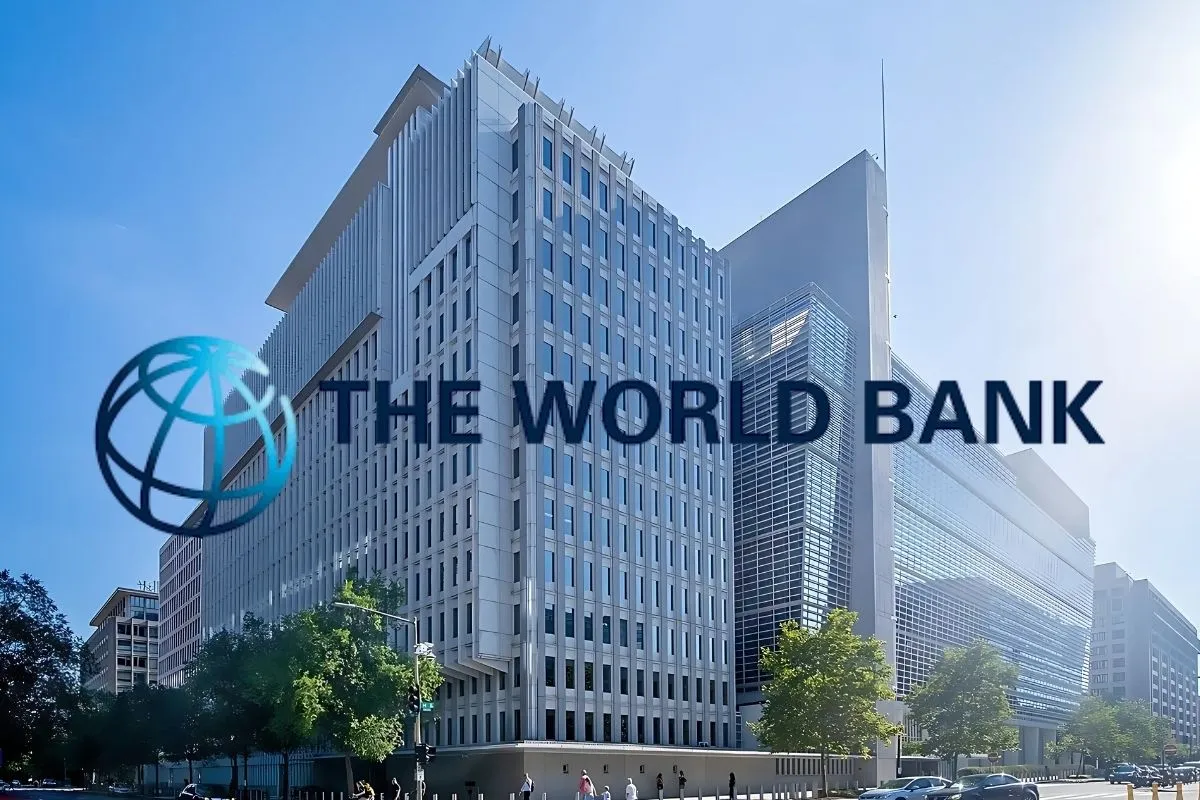
World Bank takes charge of South Africa’s reform loan
South Africa’s R26 billion World Bank loan has ignited debate on whether it promotes national reform or increases foreign influence.

The World Bank authorised South Africa’s R26 billion loan to improve the country’s infrastructure through reforms.
The Country Partnership Framework drives the core plan to help South Africa implement reforms via investments and partnerships.
STRATEGIC PARTNERSHIP REFORMS
The reform aims to reorganise Eskom, shift to cleaner energy sources, improve state-owned enterprises, and shape policies.
The National Treasury supports these efforts to restore debt and budget stability.
The government plans to attract private funding to finance public services and infrastructure by giving private entities control over public value.
DOES SOUTH AFRICA GAIN MORE OUT OF THE CPF AGREEMENT?
South Africa receives short-term support for energy reforms, freight transport, and job creation.
The World Bank gains interest, policy influence, and market access through its private subsidiary, the International Finance Corporation (IFC).
International corporations invest alongside private companies to get into state-run industries like energy and logistics.
WORLD BANK BEHIND ECONOMIC INDEPENDENCE
People worry that relying too much on foreign loans will destabilize South Africa’s economy in the long run.
Economist Redge Nkosi told SABC News that if South Africa’s reform fails, the country will weaken, and foreign investors will more easily exploit locals.
The World Bank division director for South Africa, Satu Kahkonen, and Finance Minister Enoch Godongwana believe the loan will support the country’s growth through reforms.
WORLD BANK’S SIMILAR LOANS EFFECT
Countries like Nigeria and Burkina Faso are cutting debt and reducing foreign loan dependency. However, Africa’s total debt load keeps escalating to over a trillion.
Leaders at the African Union (AU) at the debt conference in Lomé, Togo, from 12 to 14 May 2025, urged the International Monetary Fund (IMF) to swiftly alter Special Drawing Rights (SDRs) to improve the utility and equity of debt relief.
